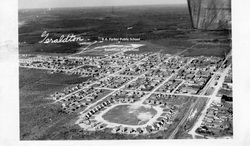
I have never seen this photographic view before. It is of personal interest because it shows the location of the high school, which I began attending as a Grade 9 student in September 1953, when I arrived in Geraldton.
The high school building in 1953 was originally the public school, a one-storey structure of 4 classrooms. By 1938, the board had added a second storey. In 1940, the Town of Geraldton had appointed a high school board, which proceeded to construct a one-storey building of 2 rooms immediately south of the public school, on the same grounds. The new high school opened on September 3rd with 46 students, Grades 9 to 12. When I started high school in 1953, this building was called "the annex"; it stood empty except when the girls used it for gym classes.
For September 1942, the high school board rented the Ukrainian Hall, a one-storey building which stood on the corner of Hogarth Ave. and First Street East. It became the Junior High School. It had two outdoor privies, and sometime later, chemical toilets. Today it is a two-storey apartment block.
By 1944, the high school board had to rent more space, this time in the T. Eaton Co. building (when I returned in 1970, this was the town office) on the corner of Hogarth Ave. and Main Street. Both school boards began casting about for more classroom space.
In 1946, the school boards acquired two buildings from the Bankfield mine, no longer operating. The smaller bunkhouse (28 by 56 feet) was relocated immediately north of the public school (as you see in the photo) and was named "the public school annex", having 2 classrooms (the original two-storey public school then had 8 classrooms).
The high school board relocated the two-storey bunkhouse (30 by 90 feet) next to the high school (see the photo), and its original one-storey building subsequently acquired the name "the high school annex" , , ,
I'm hoping some readers can share their memories of those old-time buildings now erased from the landscape.
Read the full post with photos on E.J. Lavoie's Blog > http://bit.ly/2ei2pRQ

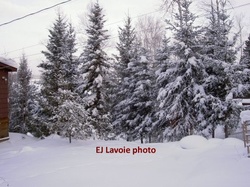
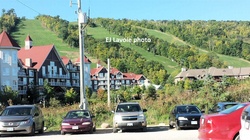
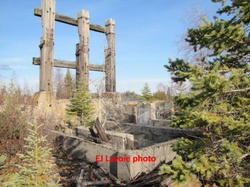
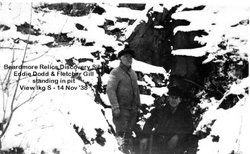
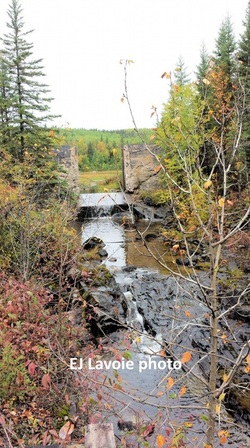
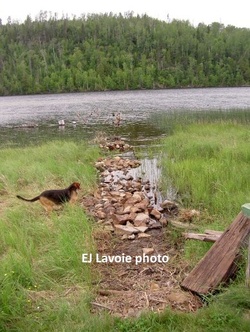

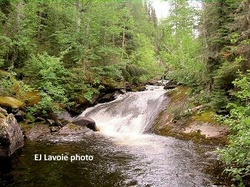
 RSS Feed
RSS Feed
